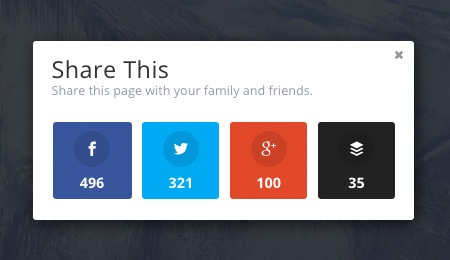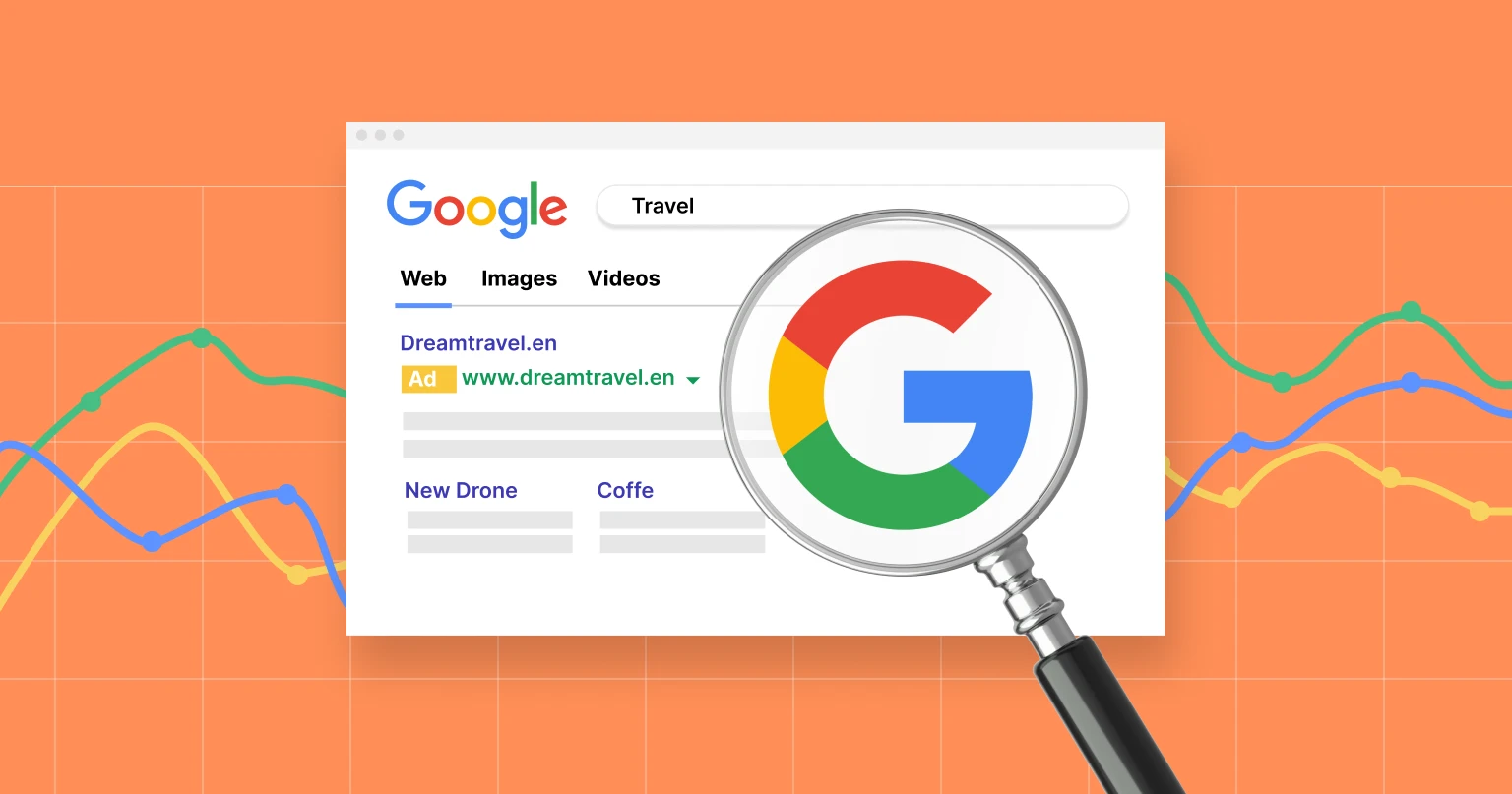Let’s quickly imagine a plausible scenario of the digital age:
You have recently purchased a new home in the suburbs. You got a great deal and paid well below market price. Why the great find? Well, as the previous owner failed to take proper care of the roof, every time it rains, water leaks into the home. For now, life is great, but when the next thunderstorm comes, you could be in trouble. It just so happens that I, your friendly neighbor, belong to a family of fifth-generation roofers. I tell you:
“You know what? I am pretty darn good at fixing leaky roofs. I come from a family of roofers, my sons and daughters are roofers, people come from far and wide to hire me to fix their leaky roofs.”
Would you believe me? Would you think that I was trying to swindle you? How would you feel?
This is what we call consumer uncertainty.
Now, let’s imagine that this information comes from your mother-in-law. She says, “You know what? I know a guy who fixes leaky roofs and he is great! He comes from a family of roofers!” Would this affirmation pique your interest?
It would, wouldn’t it?
The truth is, in the digital age, everyone claims to have “the next big thing.” Whether it is a product, a service, or a new technology, potential consumers are constantly inundated by grandiose offers of value. And yet, if these claims are not validated, they mean nothing to potential consumers. Returning to our hypothetical above, I can claim to be the most skilled roofer in the world, but unless you hear that from someone you trust, it is not likely to carry credible weight. This what we call social proof, and it has the potential to change the way you use your landing pages in the digital age.
Yet, before we get into “the how” of social proof, let’s quickly review “the what.”
What is Social Proof?
The meaning of social proof is inherent within its name.
That is to say, “social proof” is what psychologists, sociologists, and digital age marketers refer to as the consumer phenomenon of positive emotional influence. It is the idea that consumers are more likely to change their behavior and choice preferences in order to align more favorably with the behavior and choice preferences of their peers.
Why do we believe in the products that are used by celebrities and athletes? Why do we religiously pay attention to Yelp reviews? Why do we ask our trusted friends and relatives for their opinions? Science proves that when we have a reason to trust a recommendation, especially from a personal contact or relationship, we are more likely to believe that the endorsement is true. This point was recently highlighted in a Nielsen report focusing on consumer trends. The report found that 83% of consumers surveyed from 60 countries around the world would trust personal recommendations over other forms of advertising.
Whether they are aware or not, consumers are exposed to high volumes of social proof on an almost daily basis. Social proof can manifest in the five following ways:
- Expert Social Proof: An endorsement from a credible expert or industry influencer. This can take the form of a blogger, a businessman, or a highly-skilled leader. For the marketing industry, one such example is Neil Patel.
- Celebrity Social Proof: Typically viewed as a hybrid category as “experts” have the tendency to also be “celebrities” (or at least well-known), the marketing impact of celebrity endorsements on our subconscious can be profound (Michael Jordan anyone?). In the digital age, these types of endorsements are very influential on social media followers and communities alike.
- User Social Proof: Taking the form of testimonials, user social proof gives businesses and marketers alike the opportunity to share and highlight success stories. It is a staple of the digital age, and can play a huge role in converting landing pages.
- “Wisdom of the Crowd”: This category of social proof refers to the popularity of a product. Familiar slogans and headlines such as “Billions Served” (McDonalds) and “Top 5 Most Popular X” (typical for content marketers) go a long way in encouraging consumption and brand interaction as it is human nature to desire to do what the masses do.
- “Wisdom of Friends”: Recalling our roofing example from above, “wisdom of friends” refers to the influence of recommendations and suggestions from those who we trust most. Of the five types of social proof, this is by far the most successful in influencing positive consumer interactions.
What type of social proof works best? The honest answer is… it depends.
It depends on the type of product and service that you are marketing, it depends on your target market, and it depends on your preferred strategy. As Peep Laja and ConversionXL were gracious enough to already have conducted some in-depth research on the subject, we will focus on another important (but often overlooked) aspect of social proof:
The Landing Page
While compelling copy, sleek design, and irresistible CTAs are all essential elements of the ideal digital age landing page, social proof is the glue that ties them all together. Remember, you can make bold product claims until you are blue in the face, but they will still fail to stimulate visitor action without providing some notion of credibility. Picture social proof as the cherry on top of your landing page banana split… it makes it that much better, that much more desirable.
Just remember about the right foundation for your landing pages. With a multi-purpose platform, you have a lot more possibilities in terms of creation and automation. On top of that, you can use landing page templates to speed up the process.
Start building your landing pages
To help facilitate this process, we have put together a list of three tips for supercharging your landing pages with social proof.
Let’s take a look!
Supercharge Tip #1- Focus on Shares & Subscribers

There is one very important (and easy to remember) aspect of social proof that all marketers should keep in mind when constructing their landing pages… it is social!
In today’s digital age, social media integration is a vital part of any viable marketing campaign. How vital? Well, according to some recent numbers, not only are 95% of adults aged 18-34 likely to follow their favorite brands via social media, but the majority of consumers (71%) who have a good social media brand experience are likely to recommend that brand to others.
Social share buttons (with visual indicators) are a great way to build credibility and play to the notion of “the wisdom of the crowd.” By adding social buttons to your content and landing pages you will proactively increase brand exposure, develop natural links, add value, AND (perhaps most importantly) increase traffic. When social media users see that a friend, a family member, or an acquaintance have shared your post or product information, they are more inclined to respond positively to it as well (i.e. “wisdom of friends”).
Another subtle, yet highly effective technique is to keep track of your subscriber count, and to position it above the fold of the landing page. By demonstrating the number of individuals who are already a part of your following, you can induce other potential clients to join the crowd. As previously noted, the specific social proofing techniques that you will employ are likely to depend on your specific goals, products, and target market. Understanding this, using a subscriber count is ideal when you desire to ask for some type of visitor subscription via and opt-in form (including e-mail). These two techniques together, user social proof and wisdom of the crowd, form a lethal one-two punch for landing page / social proof ROI.
Supercharge Tip #2 – Use Compelling Testimonials

From late-night infomercials, to print advertising, to door-to-door sales, product testimonials have been an integral part of mastering “the art of the sale” for a millennium. With today’s preferred method of capturing digital sales (i.e. the landing page), it is no different. Understanding how important it is to draft compelling and value-driven landing page copy, a few short quotes from satisfied customers can go a long way in boosting landing page conversion rates. The picture above, testimonials taken from a KeyScouts landing page, presents all of the necessary elements for testimonial success, including:
- Compelling image
- Individual name
- Company name
- Engaging quote
- Individual job title
Not only are the testimonials relevant (i.e. by a person and company that potential consumers can relate with or admire), but as an added social proof bonus, it also happens to include a verified LinkedIn profile link for each customer. This will go a long way in providing tangible testimonial credibility.
It is important to remember that no matter how great your product or service is, there are just some things that your customers can do better than you… and one of them is to genuinely promote your brand value. Current customers have inherent credibility and persuasive power, and potential consumers are more inclined to trust them, rather than trusting companies alone. Just as bad as having no testimonials is having incredibly weak testimonials, also known as negative social proof. Weak testimonials fail to include a large number of the key elements listed above, and often appear to be computer-generated / fictitious consumers (i.e. “This product is great!”). Robots have a difficult time conveying value, and the same goes for robotic testimonials.
One way to overcome this potential pitfall is to embed social media testimonials within your landing pages. If you use a landing page builder, you probably can embed widgets from rating websites. Potential consumers will be able to see that your satisfied customers are in fact real human beings, and not some figment of a computer’s imagination. You can begin by monitoring your social media presence (Twitter, Facebook, Instagram, etc.) with one of the many social media monitoring tools freely available. Once you have gathered some positive reviews, select the post or posts that best fit your landing page, and embed them above the fold.
Supercharge Tip #3 – Build Trust

As the whole notion of social proof is (at its core) really just the process of building consumer trust in your brand, one great (but often overlooked) method for trust building is the use of trust seals. Trust seals (pictured above) are symbols you can place on your landing page in order to help reassure potential consumers that their valuable information is secure and protected no matter whether we’re talking your ecommerce store, blog posts or WordPress landing pages. Remember, most landing pages are offering potential consumers a mutually beneficial value exchange. That is, you are offering a product, service, or value-driven information in exchange for a potential consumer’s purchase or contact information.
Trust seals are associated with secure socket layer, or SSL for short. This means that your website has been verified and that there exists a secure transmission for customers to safely enter their sensitive information (such as credit card number and e-mail). How effective are trust seals? Well, a recent survey conducted by Matthew Niederberger on Actual Insights found that trust logos actually increased brand trustworthiness for over 75% of survey respondents. He also found that 61% of participants said that they had previously abandoned completing a purchase because trust logos were not present.
With the holiday season in full swing, and with consumer payment fraud up 6% this year, take care to employ trust seals, and focus on reinforcing the one consumer value that can make or break a purchasing relationship – trust.
In Conclusion…
With multiple options and lead generation strategies available, social proof can appear to be overwhelming at times. Yet, it is important to remember one very important fact: social proof is infinitely more powerful when consumers are uncertain of what to do. Marketers should focus on the basics, and look to calm the ever-enduring fear that is consumer uncertainty in the digital age.







